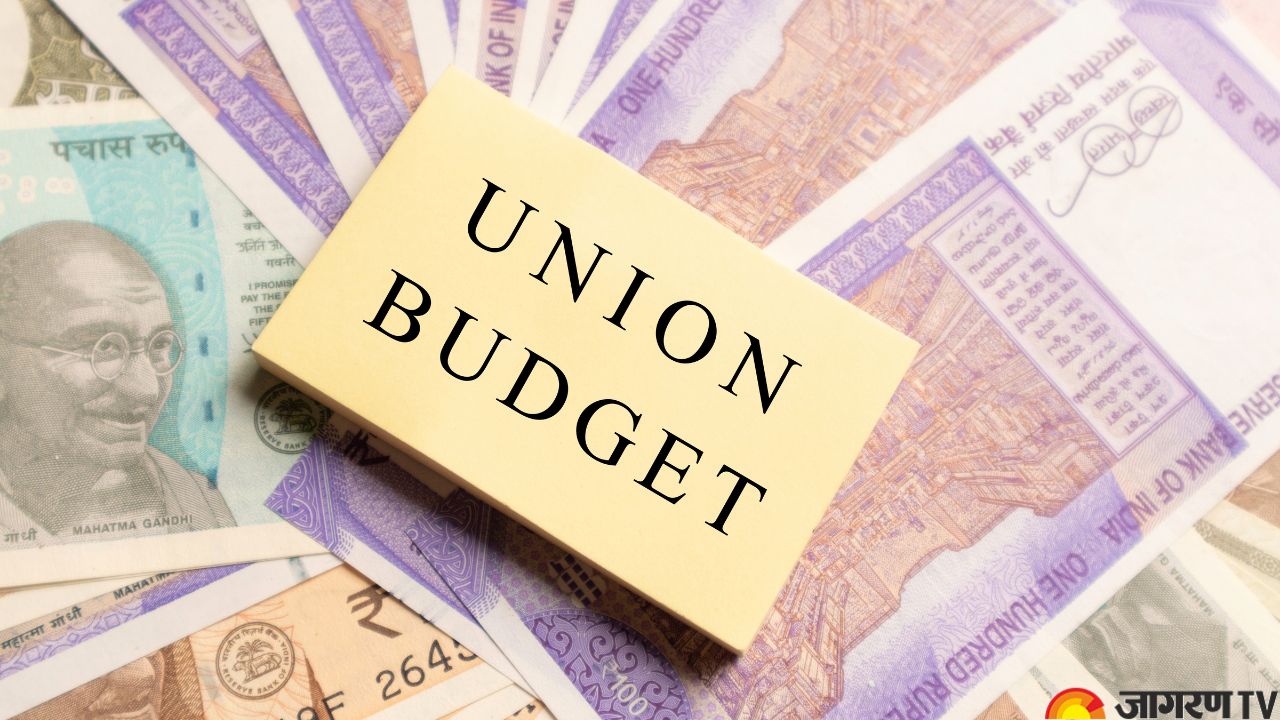Union Budget 2025: Basic Financial Terms You Must Know Ahead of Upcoming Budget Session

Union Budget 2025: India’s Finance Minister Nirmala Sitharaman will be presenting her eighth consecutive Budget session on 1st February 2025. Ahead of the upcoming budget, it is important for every citizen to have a basic knowledge of some key financial terms used in the Budget presentation, including Capital Expenditure, Borrowings, Contingency Funds, and more. If you are also looking to enhance your economic and finance-related knowledge, we have curated a list of some basic budget terms used while discussing government finances and budget allocation.
Basic Financial Terms For Union Budget
As the Union Budget 2025 is around the corner, it is important to know what actually is the union budget. According to Article 112 of the Indian Constitution, the Union Budget of a year, commonly known as the annual financial statement, is a declaration of the government’s expected receipts and expenditures for that fiscal year. The Union Budget keeps track of the government’s finances for the fiscal year beginning April 1st and ending March 31st. The Union Budget is divided into two budgets: revenue and capital.
Annual Financial Statement
The Annual Financial Statement is the foundation of the Union Budget, outlining the government’s projected revenue and expenditures for the fiscal year. The Consolidated Fund, Contingency Fund, and Public Account provide a comprehensive perspective of resource distribution and financial planning.
Appropriation Bill
The Appropriation Bill authorizes the government to take monies from the Consolidated Fund of India to cover its expenses. It is implemented once the budget is approved and provides legal backing for spending.
Assets
Assets are economic resources that the government owns, such as infrastructure, financial assets, or foreign reserves, and have the potential to create future revenue.
Budget Estimates
Budget estimates are projections of government revenues and spending for the coming fiscal year based on economic conditions and policy priorities.
Balanced Budget
A balanced budget happens when the government’s expected revenues equal its estimated expenditures, resulting in financial stability with no surplus or deficit.
Borrowings
Borrowings are funds raised by the government, either locally or internationally, to meet fiscal deficits. They include loans from the government, banks, and international organizations.
Capital Expenditure (Capex)
Capital expenditure is investing on long-term assets such as infrastructure, equipment, and development initiatives. It tries to increase the economy's productive capability.
Cess
A cess is a special tax charged on certain commodities or services that is collected for a specified purpose, such as education or health, but is not distributed to states.
Consolidated Funds
The Consolidated Fund is the government’s main account where all income, borrowings, and loans are put. It is used for ordinary expenses and was approved by Parliament.
Contingency Funds
The Contingency Fund is a reserve fund designed to cover unexpected or urgent expenses. It requires parliamentary approval for replenishment.
Customs Duty
Customs duty is a tax levied on imported and exported goods to regulate commerce, safeguard domestic industries, and raise money.
Deficit Financing
Deficit financing entails borrowing or printing money to fund government spending that exceeds its income, usually to foster economic growth.
Disinvestment
Disinvestment is the process by which the government sells its ownership to public sector firms in order to lessen the budgetary burden and encourage private investment.
Direct Taxes
Individuals or entities pay direct taxes, such as income tax or corporate tax, based on their ability to pay.
Excise Duty
Excise duty is a tax levied on the production of goods within the country that has traditionally applied to products such as alcohol, tobacco, and petroleum.
Finance Bill
The Finance Bill includes measures for carrying out financial initiatives, including tax adjustments, proposed in the budget. It must be approved by Parliament to become law.
Fiscal Deficit
The fiscal deficit is the difference between the government's total expenditure and total revenue (excluding borrowings), which indicates a reliance on borrowed cash.
Fiscal Responsibility and Budget Management (FRBM) Act
The FRBM Act seeks to maintain fiscal discipline by establishing targets for reducing fiscal deficits and debt while encouraging transparency and accountability in government finances.
GST
The Goods and Services Tax (GST) is a uniform indirect tax on the supply of goods and services that replaces several state and national levies, simplifying the tax system.
Grants-in-Aid
Grants-in-Aid are cash distributed by the central government to states or organizations for specific reasons, such as development projects or disaster assistance.
Indirect Taxes
Indirect taxes on goods and services, such as GST and customs duty, are paid indirectly by customers as part of the product price.
Inflation
Inflation is defined as the gradual increase in the price of goods and services, which reduces purchasing power and has an impact on economic stability.
Lapse of Funds
Lapse of funds occurs when allotted monies go unused at the conclusion of the fiscal year and are returned to the Consolidated Fund.
Monetary Policy
The Reserve Bank of India (RBI) implements monetary policy by regulating the money supply and interest rates in order to contain inflation, stabilize the currency, and promote economic growth.
Non-Tax Revenue
Non-Tax Revenue refers to earnings from sources other than taxes, such as fees, dividends, fines, and interest on government loans.
Net Tax Revenue
Net Tax Revenue is the total tax revenue collected by the government after deducting transfers to states, refunds, and adjustments.









